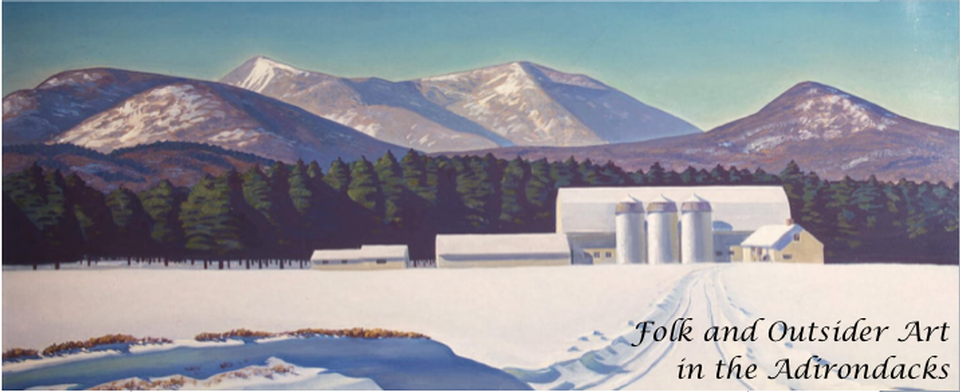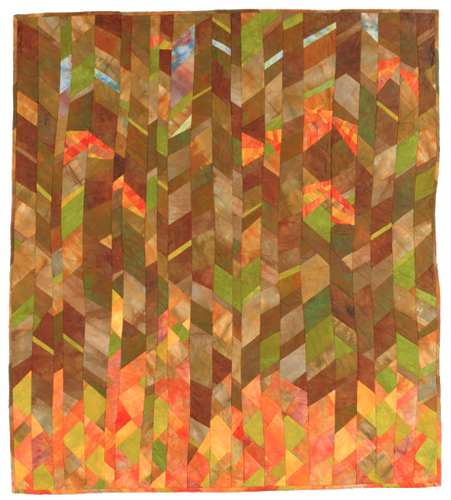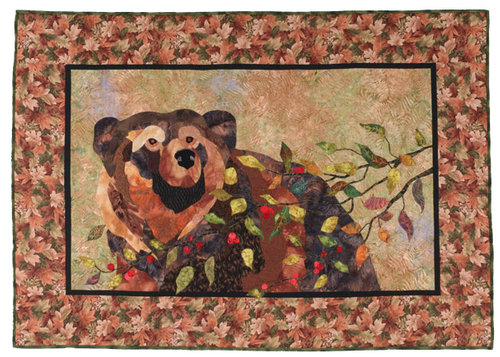Adirondack Quilting
Quilting has been an Adirondack tradition for over 150 years. Originally, quilting was simply necessary for survival in the Adirondacks: “Scrap quilts tell of high value placed on thrift. Comforters with thicker batting than quilts speak of cold mountain nights during long winters. Many quilts show evidence of the artistic inspiration quilters have gained from the Adirondack environment” (“Common Threads”). Adirondack women were responsible for making all the textiles—and quilts were especially important because of the cold Adirondack winters (“Common Threads”). Today, quilting has become a hobby; most quilters today buy the fabrics for their projects and use sewing machines to put their quilt togther rather than sew it by hand. Adirondack quilting is used to commemorate events and as family projects for Adirondack locals. Every quilt reflects the creator’s response to her environment.
This quilt commemorates the aftermath of a severe thunder- and wind-storm on July 15, 1995. This is an example of how folk art portrays personal experiences. Edith Mitchell was inspired by the nature surrounding her.
“Living in the Adirondacks I take the beauty of my surroundings and transform it to fabric.”
- Edith Mitchell,
Common Threads
Contemporary quilts tell stories and represent personal experiences. This quilt commemorates a bear that was hit and killed by a car. Betty de Haas-Walp perfectly described how it feels to be an insider folk artist when she said, “The Adirondacks certainly inspire me, how fortunate we are to be a part of it” (Common Threads). Local folk artists don’t seek out beautiful scenic views to commemorate through their works; they are inspired by their every day lives because they are truly part of the Adirondacks.
This is an example of a “pictorial quilt”—a departure from traditional Adirondack quilting. Pictorial quilts, composed like representational paintings, are fairly recent phenomena. The techniques used in this quilt are very modern: Louisa Woodworth used fabric layering and appliqué, hand painting, and free motion embroidery when creating this “quilt” ("Common Threads"). This is an example of how folk art develops organically with the times. Modern quilting techniques are vastly different than historical techniques (for example, now we have sewing machines), so the quilts themselves can look very different.




